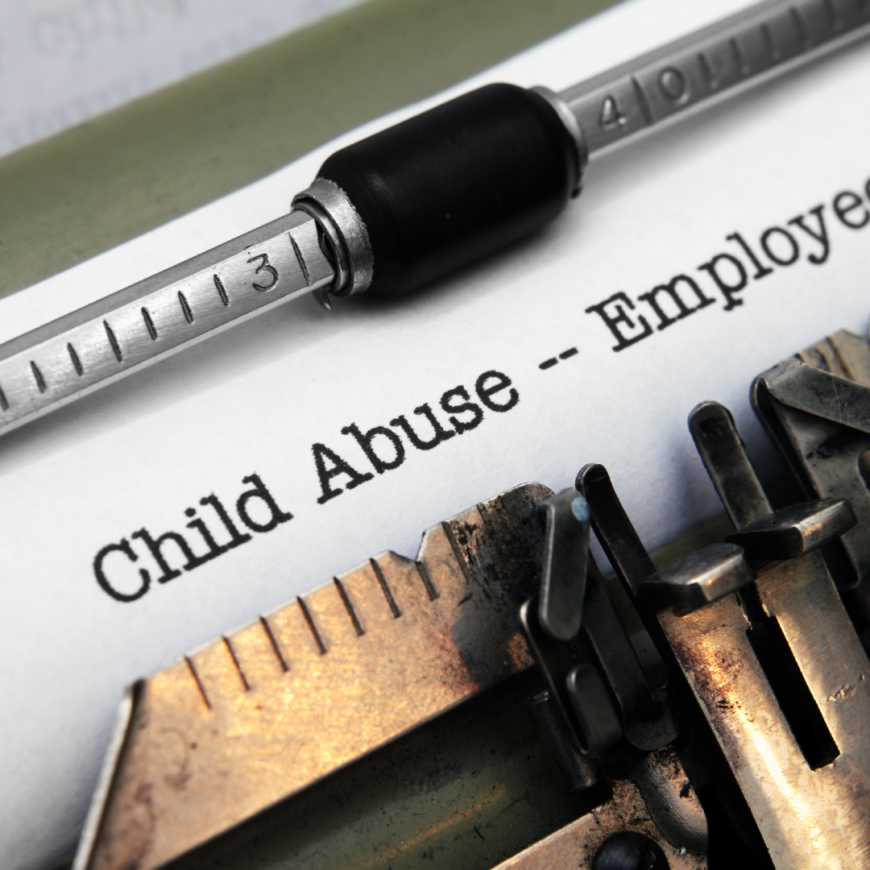Archive for February 2023
Injury Caused By Livestock Straying Onto Road – Your Rights
INJURY CAUSED BY LIVESTOCK STRAYING ONTO ROAD – YOUR RIGHTS Being regional lawyers, we regularly come across injuries on the road caused by straying livestock. The presence of a cow, horse or sheep on a public road does not of itself enable an injured motorist to obtain compensation from the owner of the livestock in…
Read MoreForced Adoption – What Are My Rights?
FORCED ADOPTION – WHAT ARE MY RIGHTS? If you have been impacted by forced adoption practices, you may be entitled to bring a common law claim and sue the relevant institution for compensation. In 2021, the Parliamentary Inquiry into Historical Forced Adoption in Victoria uncovered that thousands of women who gave birth between 1958 to 1984 suffered…
Read MoreWhat Are My Rights If I Was Abused At School?
Children and teenagers spend most of the day at school where they deserve to feel safe. Students are in a vulnerable position at school, being in the care, supervision and control of teachers and education support staff such as aides, counsellors and other employees. Sadly, the Royal Commission into Institutional Responses to Child Sexual Abuse…
Read More


